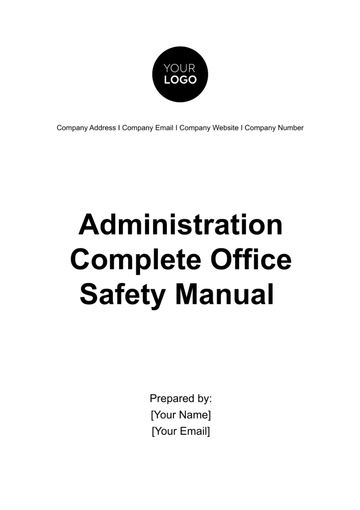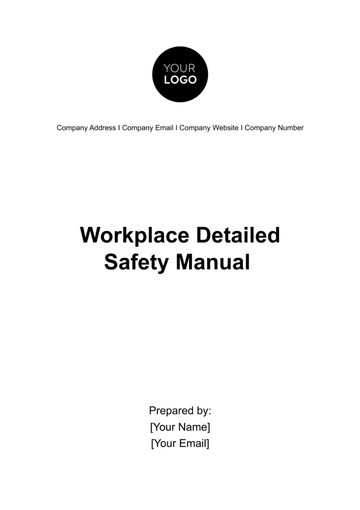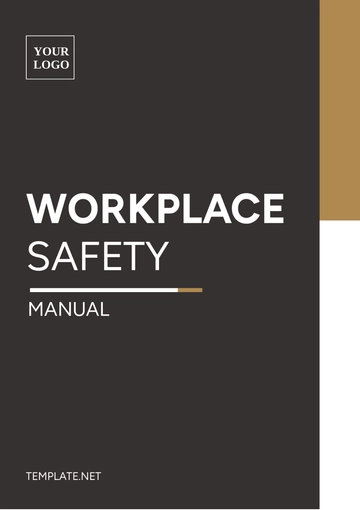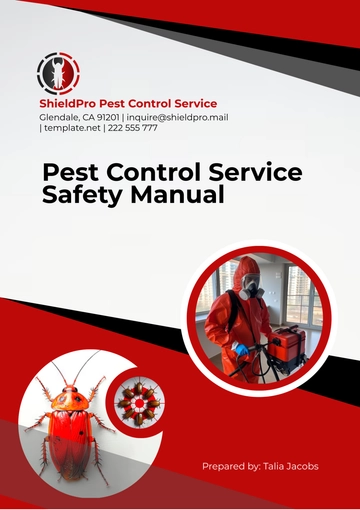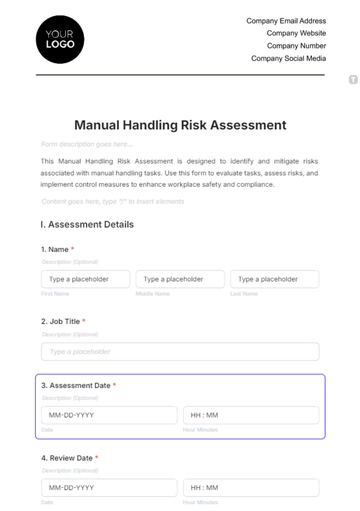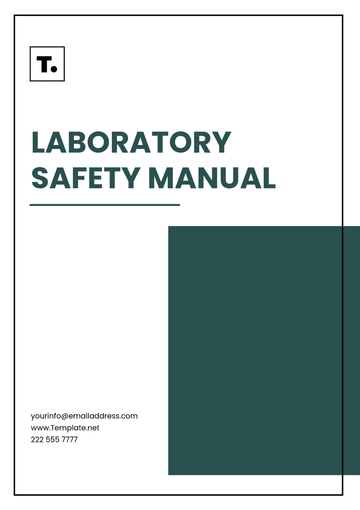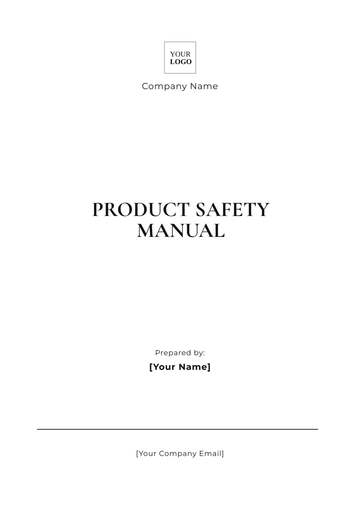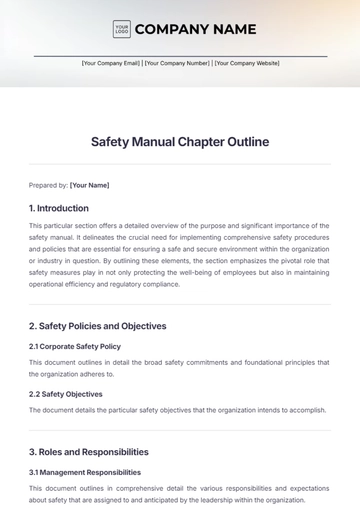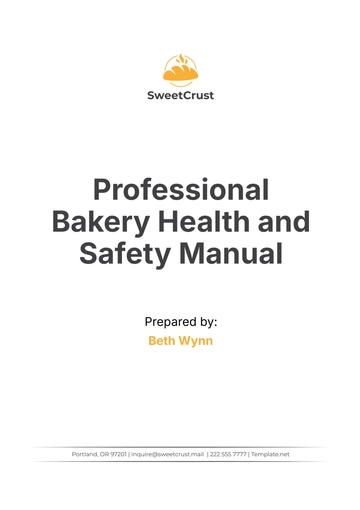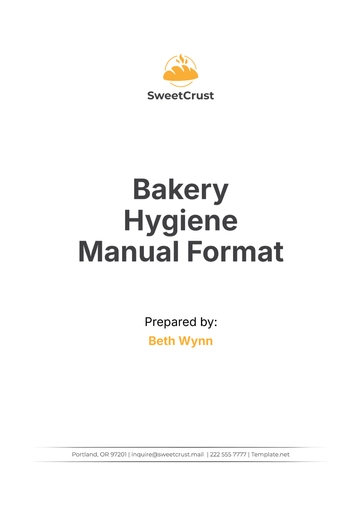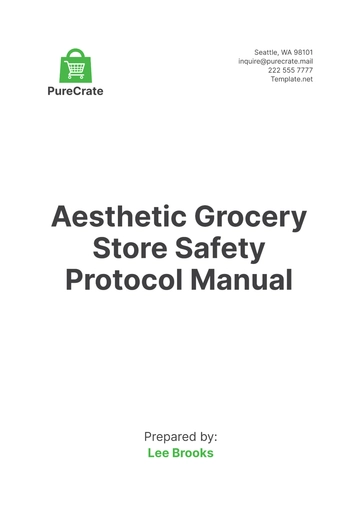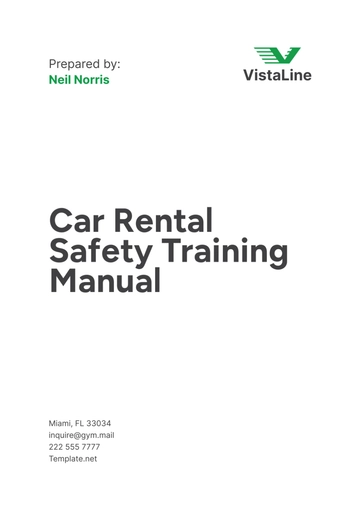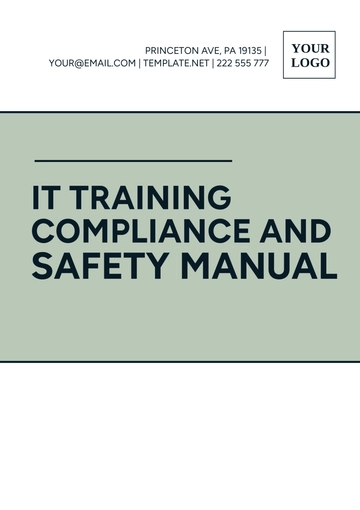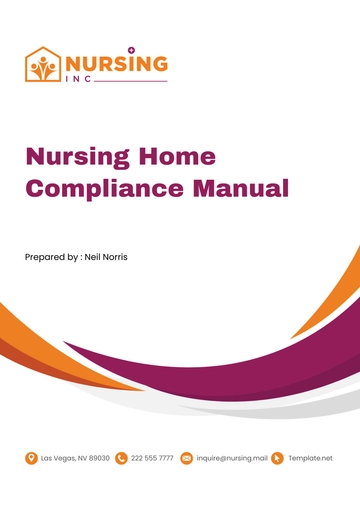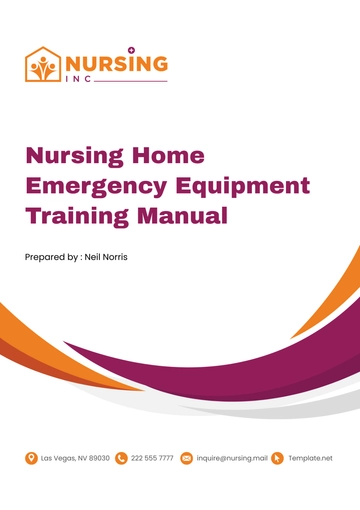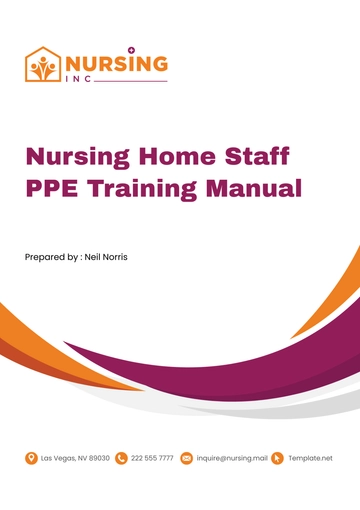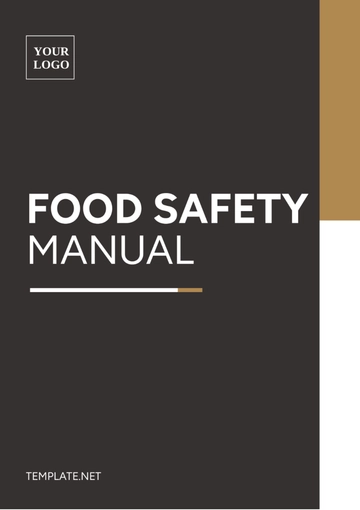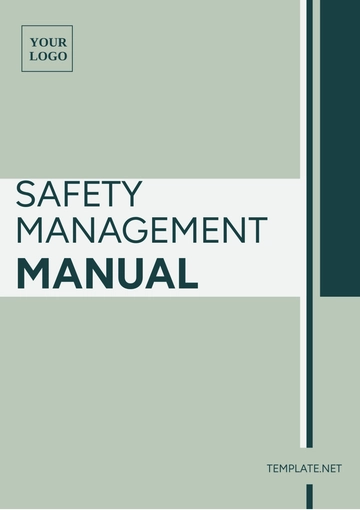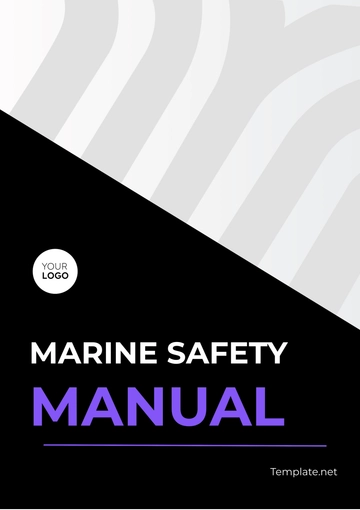Free Hipaa Compliance Manual
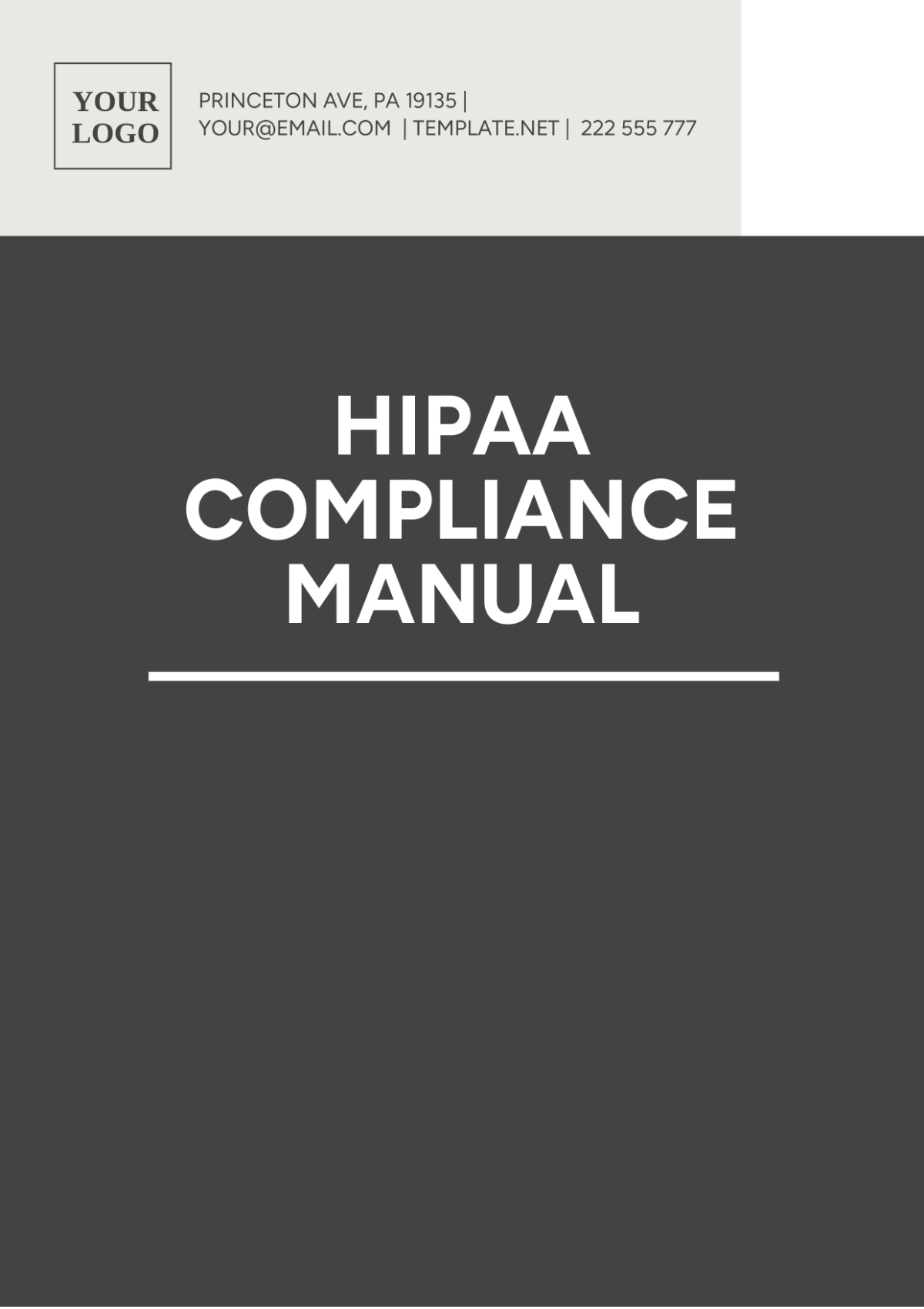
Name | Company Name | Department | Date |
|---|---|---|---|
[YOUR NAME] | [YOUR COMPANY NAME] | [YOUR DEPARTMENT] | [DATE] |
I. Introduction
The HIPAA Compliance Manual is designed to provide comprehensive guidance to [YOUR COMPANY NAME] employees on maintaining compliance with the Health Insurance Portability and Accountability Act (HIPAA). This manual outlines policies, procedures, and best practices to ensure the protection and security of protected health information (PHI) in accordance with HIPAA regulations. Compliance with HIPAA is essential to safeguard patient privacy and maintain the integrity of healthcare operations.
II. Overview of HIPAA
HIPAA was enacted to establish national standards for the protection of PHI and to address the use and disclosure of individuals' health information. Under HIPAA, covered entities, including healthcare providers, health plans, and healthcare clearinghouses, must implement safeguards to protect the confidentiality, integrity, and availability of PHI. The Privacy Rule, Security Rule, and Breach Notification Rule are key components of HIPAA that govern the use, disclosure, and security of PHI. Non-compliance with HIPAA can result in significant fines and penalties, as well as damage to the reputation and trust of [YOUR COMPANY NAME].
III. Responsibilities and Obligations
A. [YOUR COMPANY NAME] Policies and Procedures
Security Officer Responsibilities: [YOUR COMPANY NAME] appoints a designated security officer responsible for overseeing HIPAA compliance efforts, conducting risk assessments, and implementing security measures to protect PHI.
Security Awareness Training: [YOUR COMPANY NAME] provides ongoing security awareness training to employees to educate them about security threats, best practices for safeguarding PHI, and reporting suspicious activities.
B. Employee Training and Awareness
All employees are required to undergo HIPAA training upon hire and annually thereafter to ensure understanding of HIPAA regulations and [YOUR COMPANY NAME]'s policies and procedures.
Training programs cover topics such as the Privacy Rule, Security Rule, breach notification requirements, and proper handling of PHI. Employees must demonstrate proficiency in these areas to fulfill their obligations under HIPAA.
IV. Safeguarding Protected Health Information
A. Administrative Safeguards
Security Officer Responsibilities: [YOUR COMPANY NAME] appoints a designated security officer responsible for overseeing HIPAA compliance efforts, conducting risk assessments, and implementing security measures to protect PHI.
Security Awareness Training: [YOUR COMPANY NAME] provides ongoing security awareness training to employees to educate them about security threats, best practices for safeguarding PHI, and reporting suspicious activities.
B. Physical Safeguards
Facility Access Control: [YOUR COMPANY NAME] implements measures to control physical access to facilities where PHI is stored or accessed, including secure locks, access cards, and surveillance cameras.
Workstation Security: Employees are required to maintain the security of workstations and electronic devices containing PHI by locking screens when unattended and securing devices in designated storage areas.
V. Privacy Rule Compliance
A. Notice of Privacy Practices
Content of Notice: [YOUR COMPANY NAME] provides individuals with a Notice of Privacy Practices that informs them of their rights regarding their PHI, how their information may be used and disclosed, and how to exercise their rights.
Distribution of Notice: [YOUR COMPANY NAME] distributes the Notice of Privacy Practices to patients upon their first encounter with the organization and makes it available on the organization's website.
B. Individual Rights
Access to PHI: Patients have the right to request access to their PHI held by [YOUR COMPANY NAME] and receive copies of their records within a reasonable timeframe.
Amendment of PHI: Patients can request amendments to their PHI if they believe it is inaccurate or incomplete, and [YOUR COMPANY NAME] must respond to such requests in accordance with HIPAA requirements.
VI. Security Rule Compliance
A. Risk Assessment and Management
Risk Analysis: [YOUR COMPANY NAME] conducts regular risk assessments to identify vulnerabilities in its systems, processes, and infrastructure that may pose a threat to the security of PHI.
Risk Mitigation: Upon identifying risks, [YOUR COMPANY NAME] implements appropriate safeguards and controls to mitigate the identified risks and protect PHI from unauthorized access, use, or disclosure.
B. Technical Safeguards
Access Control: [YOUR COMPANY NAME] implements access controls, such as unique user IDs, passwords, and encryption, to ensure that only authorized individuals can access electronic PHI (ePHI).
Audit Controls: [YOUR COMPANY NAME] maintains audit logs of system activity related to ePHI, including access attempts, modifications, and disclosures, to monitor and track user interactions with PHI systems.
VII. Breach Notification
A. Reporting and Response Procedures
Breach Identification: [YOUR COMPANY NAME] has established procedures for promptly identifying and investigating potential breaches of PHI.
Breach Notification: If a breach of unsecured PHI occurs, [YOUR COMPANY NAME] follows HIPAA's breach notification requirements, including notifying affected individuals, the Secretary of Health and Human Services, and, if necessary, the media.
VIII. Enforcement and Penalties
A. Compliance Monitoring
Internal Audits: [YOUR COMPANY NAME] conducts regular internal audits and reviews of its HIPAA compliance program to assess adherence to policies and identify areas for improvement.
External Audits: [YOUR COMPANY NAME] may be subject to audits and investigations by the Office for Civil Rights (OCR) to ensure compliance with HIPAA regulations.
B. Penalties for Non-Compliance
Civil Penalties: Violations of HIPAA can result in civil monetary penalties ranging from $100 to $50,000 per violation, depending on the level of culpability.
Criminal Penalties: In cases of willful neglect, individuals may face criminal charges and penalties, including fines and imprisonment.
IX. Conclusion
The HIPAA Compliance Manual serves as a comprehensive resource for [YOUR COMPANY NAME] employees to understand their responsibilities and obligations under HIPAA regulations. Compliance with HIPAA is essential to protect the privacy and security of patient information and maintain the trust and integrity of [YOUR COMPANY NAME]'s operations.
- 100% Customizable, free editor
- Access 1 Million+ Templates, photo’s & graphics
- Download or share as a template
- Click and replace photos, graphics, text, backgrounds
- Resize, crop, AI write & more
- Access advanced editor
Discover unparalleled convenience with our HIPAA Compliance Manual Template from Template.net. Crafted by experts, it's fully editable and customizable, ensuring seamless adaptation to your needs. Enhance compliance effortlessly with our AI Editor Tool, simplifying the process. Unlock efficiency and precision in HIPAA compliance documentation today. Explore our range of templates at Template.net.

